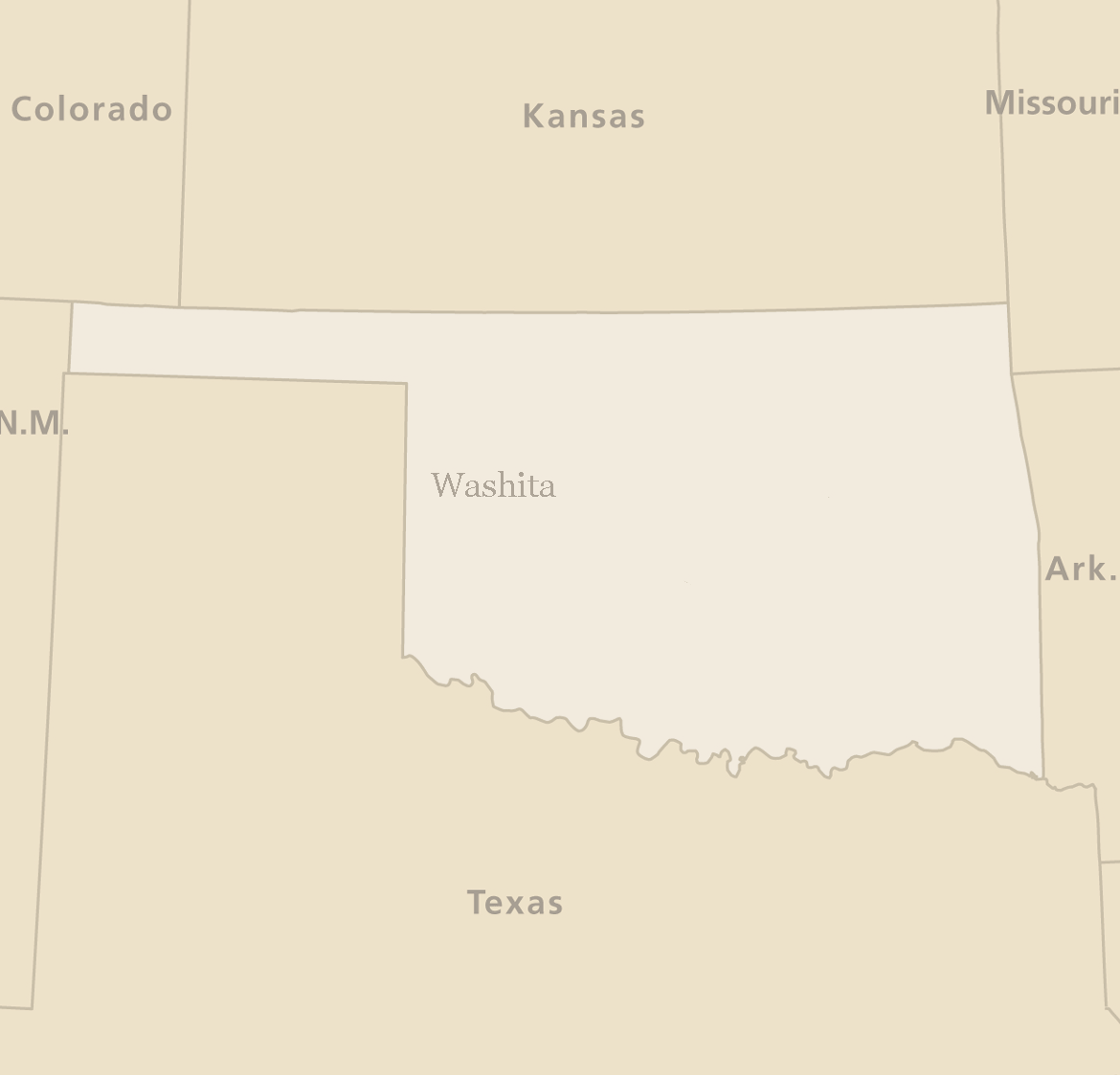About
After nearly 60 years of designating historic sites that fit into a distinct national narrative, the National Park Service faced new challenges to historic interpretation at the end of the 20th century. The NPS, in an effort to incorporate more diversity in their sites, began to consider a broader framework for historic commemoration. Controversy over the name "Custer Battlefield National Monument" highlighted a public struggle which ultimately ended with a more neutral "Little Bighorn Battlefield National Monument" in 1991.
Despite the National Park Service's new commitment to less narrow interpretations, something strange happened at the end of the 20th century. Two similar events from the 19th century's so called "Indian Wars" earned National Park designations with strikingly different names: Washita Battlefield National Historic Site and Sand Creek Massacre National Historic Site. Sand Creek and Washita were sites of violence and, arguably, both contain elements of shame for the American government due to the nature of the attacks and the simultaneous betrayal of government officials. Both sites demonstrate the conflict of history and memory and a country that has difficulty coming to terms with its violent past.
Washita: A Problem in History & Memory is an outgrowth of a paper that was presented at the University of Maryland History Graduate Student Association Conference in February of 2013 called "Battle vs. Massacre: The History and Memory of Washita and Sand Creek." The paper looked at the intersection of public history and traditional narratives of the Plains Indian Wars of the nineteenth century. Washita is an effort to experiment with digital tools and methods encouraged by many in the digital humanities community. It critically analyzes the historiography of Washita and questions historical narratives by using web capabilities to integrate visuals, multimedia, and sources not available in traditional forms of scholarship. It also seeks to engage the public in a conversation about history and memory and potentially influence the interpretative signage and programming used by the National Park Service at Washita. Another objective is to record present historical understandings of Washita that may be used by future “history and memory” historians.
What does the public think about the name on the National Park sign? Should it remain? All visitors are encouraged to leave thoughtful comments which will be used in another component of the website that explores public memory of Washita in the 21st Century.
Thank you for visiting!